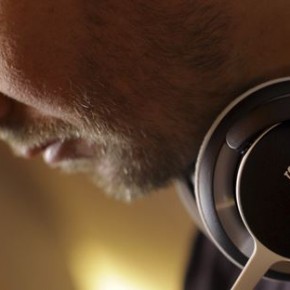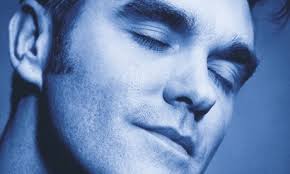Today’s headphones are a far cry from the initial look, function and operation of headphones in the early 20th century. While today we utilize earbuds, on-ear, and over-the-ear headphones that sport functions like noise-cancellation and Bluetooth capabilities, in the early 1900s headphones were reminiscent of a doctor’s stethoscope and were primarily used by phone operators. It wasn’t until 1910 that Nathaniel Baldwin successfully created the first headphones for private use, though he sold them to the US Navy.
The sound quality on those initial headphones was very poor due to their high sensitivity, which meant no damping of sound was available. Damping of sound is the absorption of sound waves for better sound quality and this functionality didn’t progress for some time. In the early 20th century, only the wealthiest of households possessed their own headphones.
It wasn’t until the late 1950s that the first stereo headphones were created, the Koss SP-3, developed by John C. Koss in 1958. A year later, the first electrostatic headphones were developed in Tokyo, though they didn’t gain popularity in the United States for another decade.
The popularity of turntables in the 1960s boosted the desire for headphones in middle class households even more. It was Sony’s invention of the Walkman in 1979 that provided the most dynamic change to headphones since their inception. With the ability to carry one’s music in their pocket, the importance of smaller, more portable headphones became a necessity. These initial headphones, which accompanied all Walkmans, along with the in-ear versions that came about in the mid-1980s, were the building blocks for the myriad of headphone forms we enjoy today.
Apple’s development of the iPod in 2001 redefined the music industry on numerous levels, and among those was an increase in the sophistication of in-ear headphones, or earbuds. These earbuds allowed individuals to enjoy their music without the bulk and weight of traditional headphones and were also less subtle. iPod earbuds became somewhat of a fashion statement in addition to their audio functionality. This would only become more relevant with the reemergence of traditional-looking headphones, most notably the recent pop culture infatuation with Beats by Dre headphones.
Beats by Dre headphones, or Beats, have become a social status identifier. Beats popularity, to many, has been more focally centered on the individuals who own them than the actual functionality themselves. While providing increased sound quality, deeper bass, and, for some models, noise-cancellation, much of Beats popularity has stemmed from the superstar athletes and musicians who wear them.
An added functionality that Apple provided, initially, to earbuds and headphones, but now is a consistently provided by most manufacturers, is the inline remote. Allowing wearers the ability to take calls on their phones, increase/decrease volume, pause music and, in some instances, change songs, this function has made earbuds and headphones a product which no longer requires wearers to choose between music and communication with others.
Headphones have evolved mightily over the past century in their quality, functionality and purpose. While some alterations have taken their use far from early inception, like the Sony Walkman, other alterations have, ironically, returned the product to its roots of allowing the wearer to focus on receiving calls…just without the operator function now. As the market for high-quality and highly-customizable earbuds and headphones continue to grow, it is safe to say technology will show even more remarkable advances in the near future.
You can learn more about the history of the headphone with this interactive from liGo.












